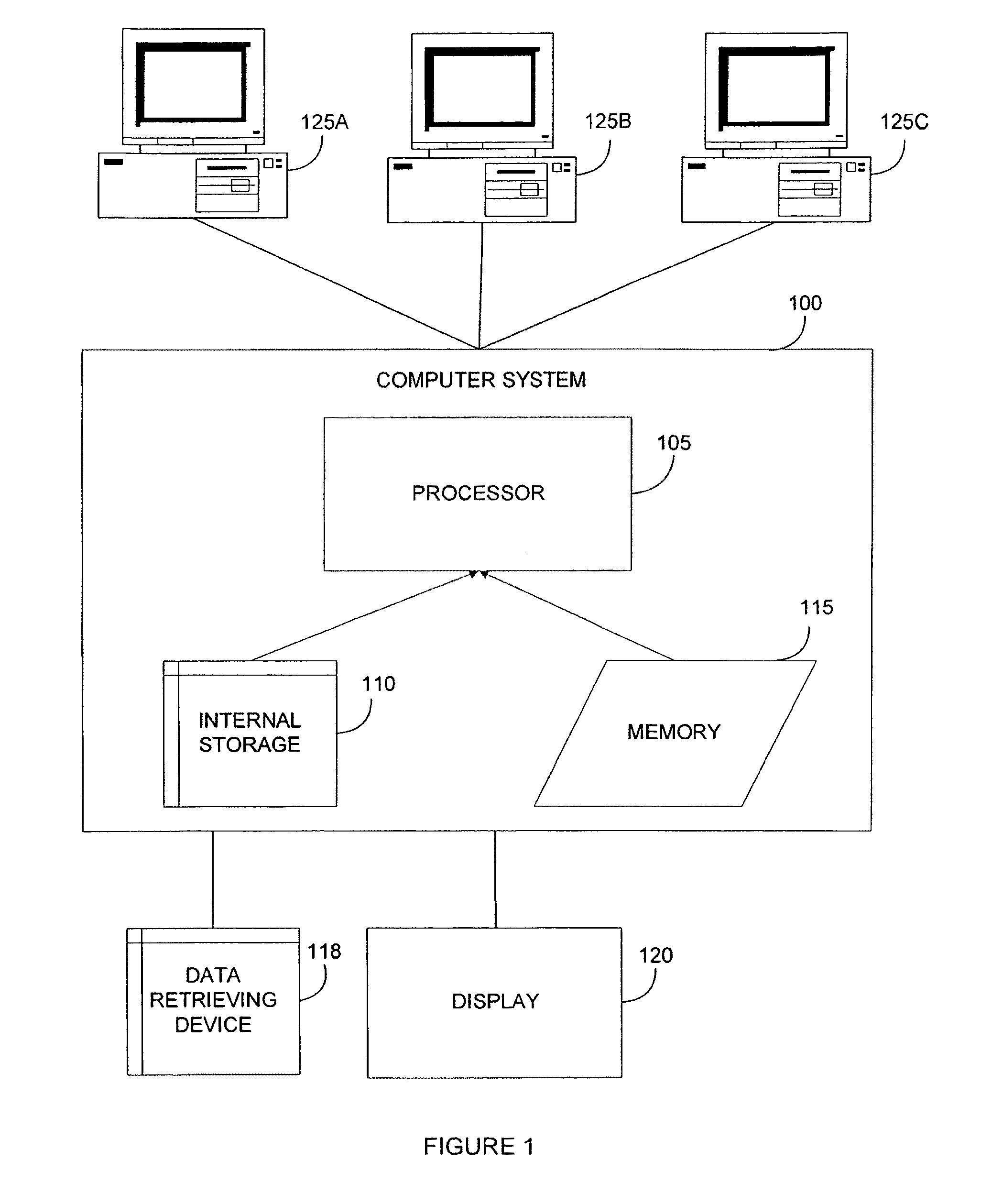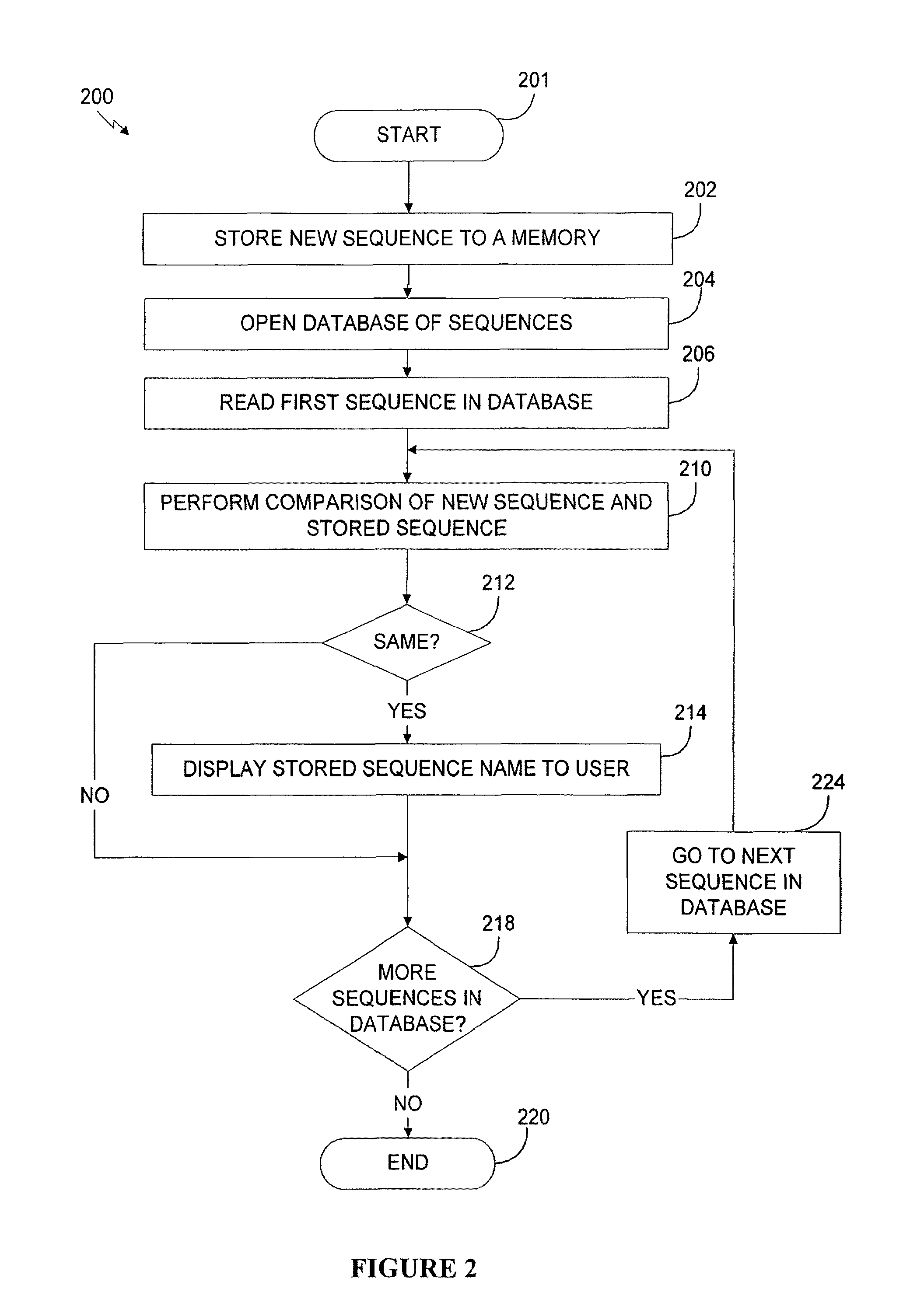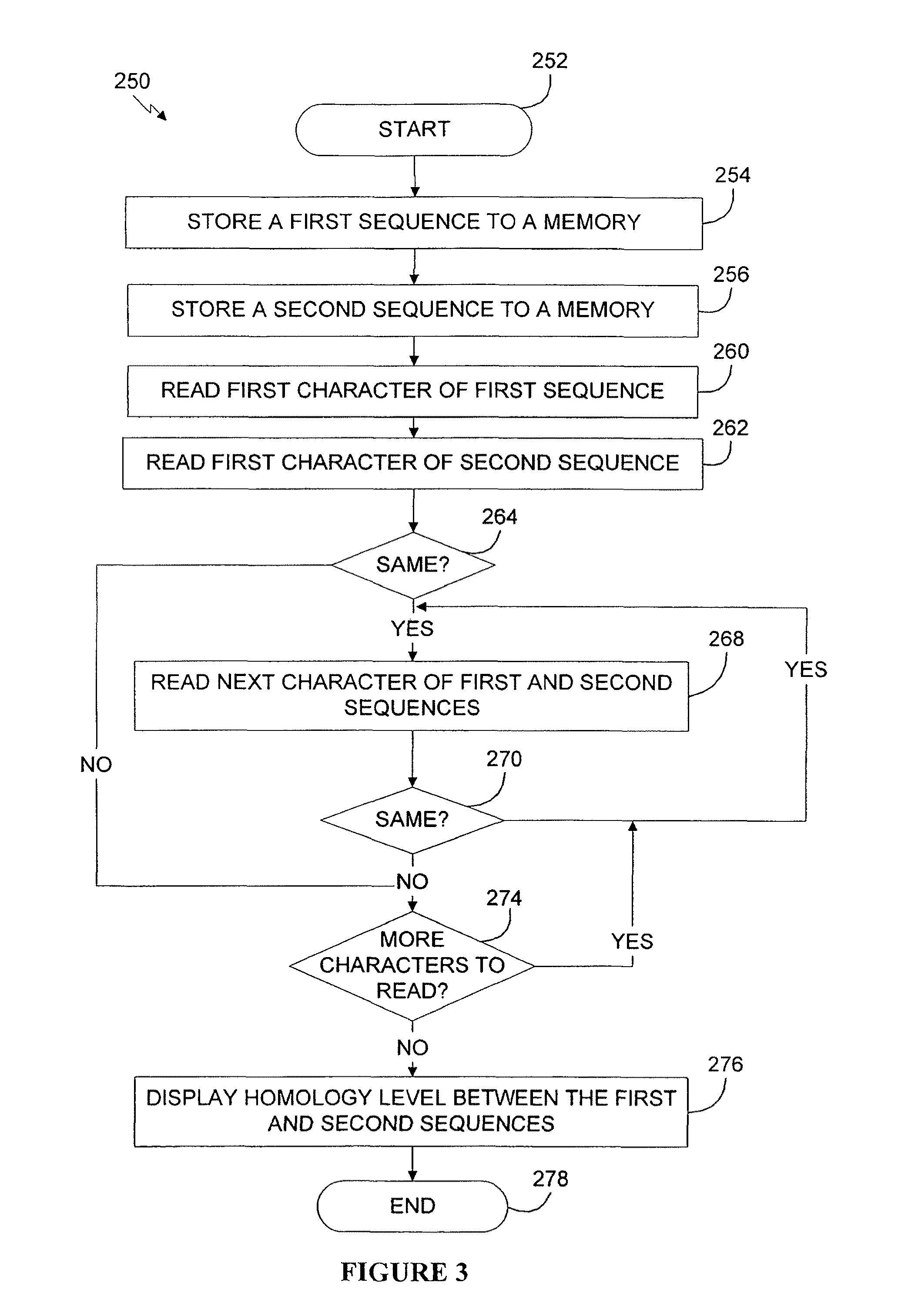Phospholipases, nucleic acids encoding them and methods for making and using them
a technology of phospholipases and nucleic acids, applied in the field of phospholipase enzymes and polynucleotides encoding enzymes, can solve the problems of significant yield loss and quality sacrifice, and achieve the effects of reducing entrapment oil, increasing dag, and maximizing yield
- Summary
- Abstract
- Description
- Claims
- Application Information
AI Technical Summary
Benefits of technology
Problems solved by technology
Method used
Image
Examples
example 1
Blast Program Used for Sequence Identify Profiling
[0682]This example describes an exemplary sequence identity program to determine if a nucleic acid is within the scope of the invention. An NCBI BLAST 2.2.2 program is used, default options to blastp. All default values were used except for the default filtering setting (i.e., all parameters set to default except filtering which is set to OFF); in its place a “-F F” setting is used, which disables filtering. Use of default filtering often results in Karlin-Altschul violations due to short length of sequence. The default values used in this example:
[0683]
“Filter for low complexity: ON> Word Size: 3> Matrix: Blosum62> Gap Costs: Existence: 11> Extension:1”
[0684]Other default settings were: filter for low complexity OFF, word size of 3 for protein, BLOSUM62 matrix, gap existence penalty of −11 and a gap extension penalty of −1. The “-W” option was set to default to 0. This means that, if not set, the word size defaults to 3 for protein...
example 2
Simulation of PLC Mediated Degumming
[0686]This example describes the simulation of phospholipase C (PLC)-mediated degumming.
[0687]Due to its poor solubility in water phosphatidylcholine (PC) was originally dissolved in ethanol (100 mg / ml). For initial testing, a stock solution of PC in 50 mM 3-morpholinopropanesulpholic acid or 60 mM citric acid / NaOH at pH 6 was prepared. The PC stock solution (10 μl, 1 μg / μl) was added to 500 μl of refined soybean oil (2% water) in an Eppendorf tube. To generate an emulsion the content of the tube was mixed for 3 min by vortexing (see FIG. 5A). The oil and the water phase were separated by centrifugation for 1 min at 13,000 rpm (FIG. 5B). The reaction tubes were pre-incubated at the desired temperature (37° C., 50° C., or 60° C.) and 3 μl of PLC from Bacillus cereus (0.9 U / μl) were added to the water phase (FIG. 5C). The disappearance of PC was analyzed by TLC using chloroform / methanol / water (65:25:4) as a solvent system (see, e.g., Taguchi (1975) ...
example 3
Expression of Phospholipases
[0689]This example describes the construction of a commercial production strain of the invention that can express multiple phospholipases (including enzymes of the invention). In order to produce a multi-enzyme formulation suitable for use in the degumming of food-grade vegetable oils (including soybean, canola, and sunflower), a recombinant expression strain can be generated that expresses two different phospholipase sequences in the same expression host. For example, this strain may be constructed to contain one or more copies of a PLC gene and one or more copies of a phosphatidylinositol-PLC gene. These genes may exist on one plasmid, multiple plasmids, or the genes may be inserted into the genome of the expression host by homologous recombination. When the genes are introduced by homologous recombination, the genes may be introduced into a single site in the host genome as a DNA expression cassette that contains one or more copies of both genes. Alter...
PUM
| Property | Measurement | Unit |
|---|---|---|
| mass | aaaaa | aaaaa |
Abstract
Description
Claims
Application Information
 Login to View More
Login to View More - R&D
- Intellectual Property
- Life Sciences
- Materials
- Tech Scout
- Unparalleled Data Quality
- Higher Quality Content
- 60% Fewer Hallucinations
Browse by: Latest US Patents, China's latest patents, Technical Efficacy Thesaurus, Application Domain, Technology Topic, Popular Technical Reports.
© 2025 PatSnap. All rights reserved.Legal|Privacy policy|Modern Slavery Act Transparency Statement|Sitemap|About US| Contact US: help@patsnap.com



